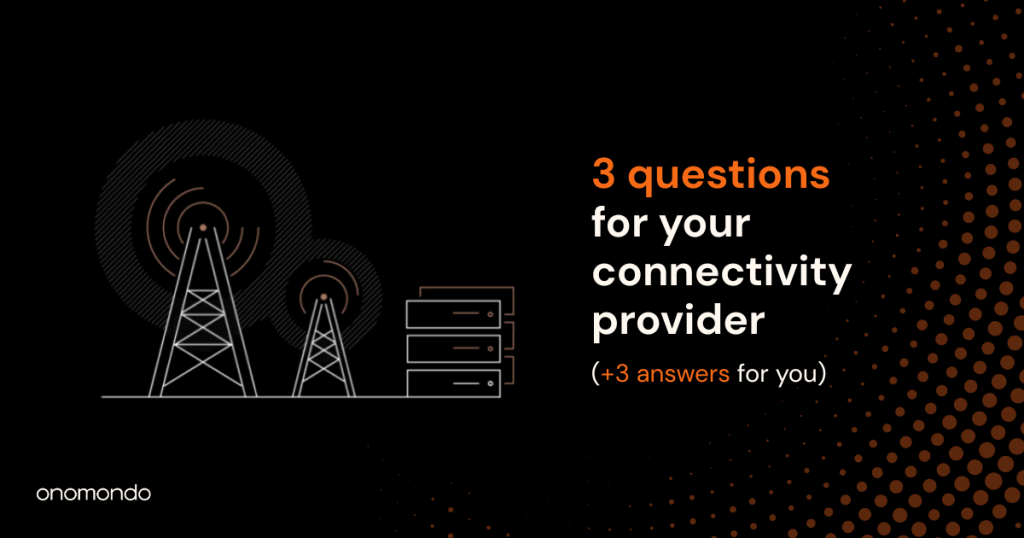Micromobility is rapidly gaining popularity, allowing countries across the globe to alleviate traffic congestion and pollution. And with the adoption of cellular IoT for micromobility, companies are equipped with solutions for the unique challenges presented by the micromobilty industry.
Table of Contents
What is micromobility?
Micromobility is a mode of transportation rapidly gaining popularity in city centers across the globe.
The term refers to a group of small, lightweight vehicles powered by batteries and operated by individuals. These vehicles travel at speeds of less than 25 km/h (15 mph) and are considered ideal for commuting within a range of 10 km (6 miles).
Examples of micromobility vehicles include:
- Bicycles,
- Cargo bikes,
- Electric bikes (e-bikes),
- Electric scooters (e-scooters),
- Electric skateboards, and
- Electric pedal-assisted (pedelec) bicycles.
Micromobility offers an affordable, accessible, and shareable transport solution. It works smoothly in unison with carsharing and serves as a first/last mile option that is faster than walking, hailing a taxi, or transferring to low-frequency transit.
Global advances towards the development of smart cities and vehicle infrastructure have created numerous opportunities for the shared micromobility market to grow.
Further, the investments and developmental strategies of different service provider companies present attractive collaboration opportunities for small vehicle fleet owners, effectively supporting the concept of micromobility.
IoT in the micromobility industry
While offering a more accessible and affordable approach to transportation, shared micromobility also creates new challenges. It requires asset tracking and presents new safety issues, and it also diminishes vehicle lifespan.
This makes the industry heavily dependent on cellular Internet of Things (IoT) connectivity for micromobility.
6 Benefits of cellular IoT for micromobility
IoT for micromobility offers numerous benefits for micromobility companies.
An electric micromobility vehicle is usually equipped with:
- A satellite-based location receiver,
- A cellular transmitter for cloud communication, and
- A short-range Bluetooth or internet link for local functions such as user access control and setup, as well as operator servicing and repair.
Cellular Internet of Things (IoT) technologies allow companies to better address safety challenges and improve their operations through optimizations such as:
- Increased vehicle lifespan,
- Dynamic pricing,
- Better service diagnostics and logistics,
- Safety improvements,
- Theft and vandalism prevention, and
- Reduced CO2 emissions.
1. Increased vehicle lifespan
IoT connectivity for micromobility enables operators to leverage onboard and remote diagnostics for predictive maintenance.
Effectively prioritizing and predicting the need for vehicle maintenance and repairs, IoT makes it possible for operators to notably increase the lifespan of their micromobility fleet.
2. Dynamic pricing
Cellular IoT for micromobility offers accurate implementation of dynamic pricing through asset tracking. This enables new levels of automation and agility for managing demand and maximizing revenues.
Beyond its obvious financial benefits, dynamic pricing enables micromobility companies to incentivize safer driving. This can be achieved by offering monetary compensation for drivers who abide by certain safety rules and are careful both on and off the road.
Dynamic pricing can also help distribute vehicles more evenly across cities by allowing companies to offer the same vehicles at different prices to different groups of customers.
3. Service diagnostics and logistics
Cellular IoT enables real-time optimization, delivering more efficient and cost-optimized service diagnostics and logistics than Bluetooth connectivity.
Micromobility operational teams are equipped with a robust digital overview of vehicles both in and out of service. This allows them to focus their time and resources where they matter most.
4. Safety improvements
Shared micromobility companies are obligated to provide services that keep those using their vehicles safe.
IoT for micromobility allows companies to easily track the location of their vehicles. This also allows them to implement transportation intelligence systems for improved vehicle safety measures.
Such measures include:
- Route navigation systems,
- Emergency alert, and
- Driving assistance.
5. Theft and vandalism prevention
With the help of IoT sensors, micromobility operators are able to better prevent and report cases of theft and vandalism.
Key features of connected IoT sensors include:
- Theft prevention: IoT sensors track the regularity of the ride. When theft is detected through unusual ride activity, the IoT system can disable the movement of the vehicle to prevent it from being driven.
- Power tracking: When the IoT sensors detect the loss of power supply in one or more vehicle components, the system automatically activates the kill-switch of the vehicle, preventing theft of vehicle parts.
6. Reduced CO2 emissions
A report from the International Transport Forum (ITF) suggests that micromobility also provides sustainability benefits. In this report, ITF assesses the life cycle performance of micromobility vehicles and services and compares them with those of privately owned cars and public transport.
Their findings include that:
- Private bikes and e-bikes that are used regularly have the lowest life cycle energy requirements and GHG emission impacts per pkm.
- Voi Technology achieves just 35g CO2/km traveled. Cars on the other hand cost 122.3g CO2/km (CO2 performance of new passenger cars in Europe – European Environment Agency), and
- Donkey Republic studied the health and environmental impact of micromobility in Copenhagen. Their findings from various travel modes can be seen in the table below.
Their findings include that:
- Private bikes and e-bikes that are used regularly have the lowest life cycle energy requirements and GHG emission impacts per pkm.
- Voi Technology achieves just 35g CO2/km traveled. Cars on the other hand cost 122.3g CO2/km (CO2 performance of new passenger cars in Europe – European Environment Agency), and
- Donkey Republic studied the health and environmental impact of micromobility in Copenhagen. Their findings from various travel modes can be seen in the table below.

Conclusion
Reliable and wide-spread connectivity is extremely important for micromobility.
Cellular connectivity utilizes established global networks, achieves a high Quality of Service (QoS), and offers low-lost connectivity for devices – especially when using IoT optimized networks such as LTE-M or NB-IoT.
Micromobility is especially price-sensitive. Since typical pricing structures frequently include recurring fees, connectivity can easily grow to be one of the more expensive ongoing costs in a micromobility business.
Instead of charging for access or other overhead fees, Onomondo offers a price structure that reflects the value that you actually obtain from the data transmissions.
We provide an adaptable connectivity option that was created with IoT in mind. Therefore, Onomondo’s connectivity can scale with your business without any issues, unlike other traditional cellular networks that were built to support cell phones first and IoT second.
Find out more about our pricing here: Flexible pricing with no active SIM fees.







